by bria4123 on April 30, 2012
Qin Shihuang was the first king who politically unified China. And his ascent up Mount Tai climaxed his work–he communed with its greatest gods and harmonized Heaven and Earth.
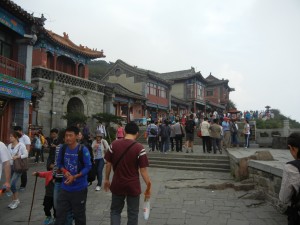
Modern tourists travel in Qin Shihuang’s footsteps. But modern archeology has explored many sites that suggest that he was following people who lived more than 2,000 years before he commissioned the terra-cotta army and went up Mount Tai. Come and explore some of Chinese culture’s oldest roots. [click to continue…]
by bria4123 on April 28, 2012
Emperor Qin Shihuang unified China’s vast land under one political system for the first time in history. In the process, he did more than build enormous walls, cities, palaces and tombs.
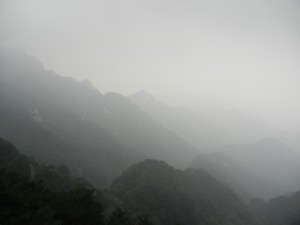
China also had a vast intellectual landscape. Qin Shihuang spread cultural riches that are as impressive as the monuments he built. [click to continue…]
by bria4123 on April 26, 2012
I’ve always found people in China to work very hard.
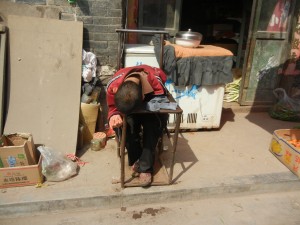
But streets and villages during the Qin Dynasty must have been full of exhausted people–at least until overseers beat them back to work. Come and explore the dark side of Qin Shihuang’s reign. [click to continue…]
by bria4123 on April 24, 2012
Yesterday’s post shows that the terra-cotta army is only a small part of the tomb that Qin Shihuang built. But the great emperor who unified China for the first time actually constructed much more.
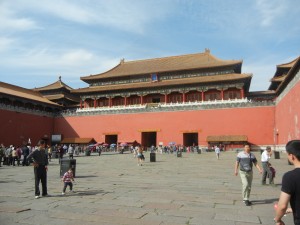
He built SEVERAL royal palaces the size of a city, and a whole lot of other huge things. What drove him? Enter the gate here, and find out what else he built. [click to continue…]
by bria4123 on April 23, 2012
Believe it or not, what you see below is only a small part of the terra-cotta army’s world.
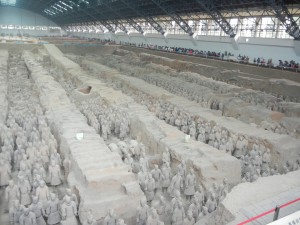
Qin Shihuang planned to take much more into the afterlife, and the 7000+ soldiers, archers, calvary-men and officers that he commissioned aren’t even in the major part of his tomb. Let’s find out what they’re guarding. [click to continue…]
by bria4123 on April 22, 2012
Let’s get inside this guy’s head.
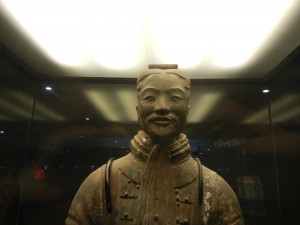
When Qin Shihuang unified China, he used a breadth of ideas that reflected the land’s vastness. The last post examined some of the ideas that were already ancient during his reign (221-210 BCE). We’ll now look into his more recent past, and find more depths beneath the soldiers’ surfaces. [click to continue…]
by bria4123 on April 21, 2012
This applicant for a job in the terra-cotta army was turned down. Now he works as a blogger.
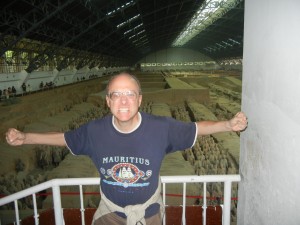
The terra-cotta warriors get lots of media attention, but they only comprise a small part of the tomb for the first king of a unified China. Since I failed to become a guard, I’ll switch roles and take you into the Qin emperor’s world. [click to continue…]
by bria4123 on April 19, 2012
If you have time for only two temples in Angkor, make sure that the 2nd one’s the Bayon.
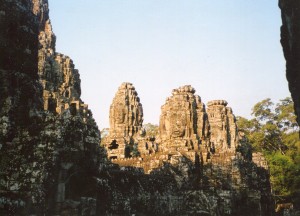
It was begun around 1200, in the middle of the Khmer capital, Angkor Thom. Studying it brings you into the Khmer world during its zenith, and it reveals fascinating changes that had happened since Angkor Wat was finished about 50 years before. Claude Jacques called it one of the most mysterious and powerful religious buildings in the world. [click to continue…]
by bria4123 on April 18, 2012
Cologne is best known for its towering cathedral, but only its choir (the cathedral’s back end) is from the Middle Ages. The soaring entrance was built in modern times. Before then, Great St. Martin was the most prominent building in Cologne’s skyline.
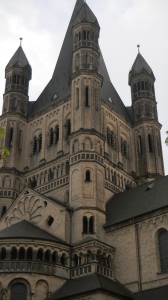
Its regal 4 cornered Romanesque tower distinguished Cologne as much as any modern city’s tallest skyscraper. But I found the inside even more moving. [click to continue…]
by bria4123 on April 17, 2012
I didn’t know that so much splendor awaited as I approached the basilica of St. Gereon in Cologne, Germany.
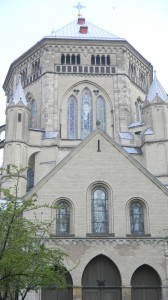
But Germany created many of the best examples of Romanesque architecture. She stuck with the forms while people north of Paris developed Gothic style, and she left us with many buildings to savor. [click to continue…]










